10 Easy Vegetables to Grow for First-Time Gardeners
- Joao Nsita
- Apr 5
- 9 min read

Gardening can feel intimidating if you’ve never done it before, but it doesn’t have to be. Starting with the right vegetables can turn a beginner’s nerves into a harvest of confidence. The key for first-time gardeners is to choose plants that grow quickly, require minimal fuss, and forgive the occasional mistake. Whether you’ve got a sprawling backyard or just a few pots on a balcony, these 10 easy-to-grow vegetables will give you a quick win and a delicious reward. From crisp lettuce to snappy radishes and versatile green beans, this guide walks you through each veggie, offering tips on planting, care, and harvest. Let’s dig in!
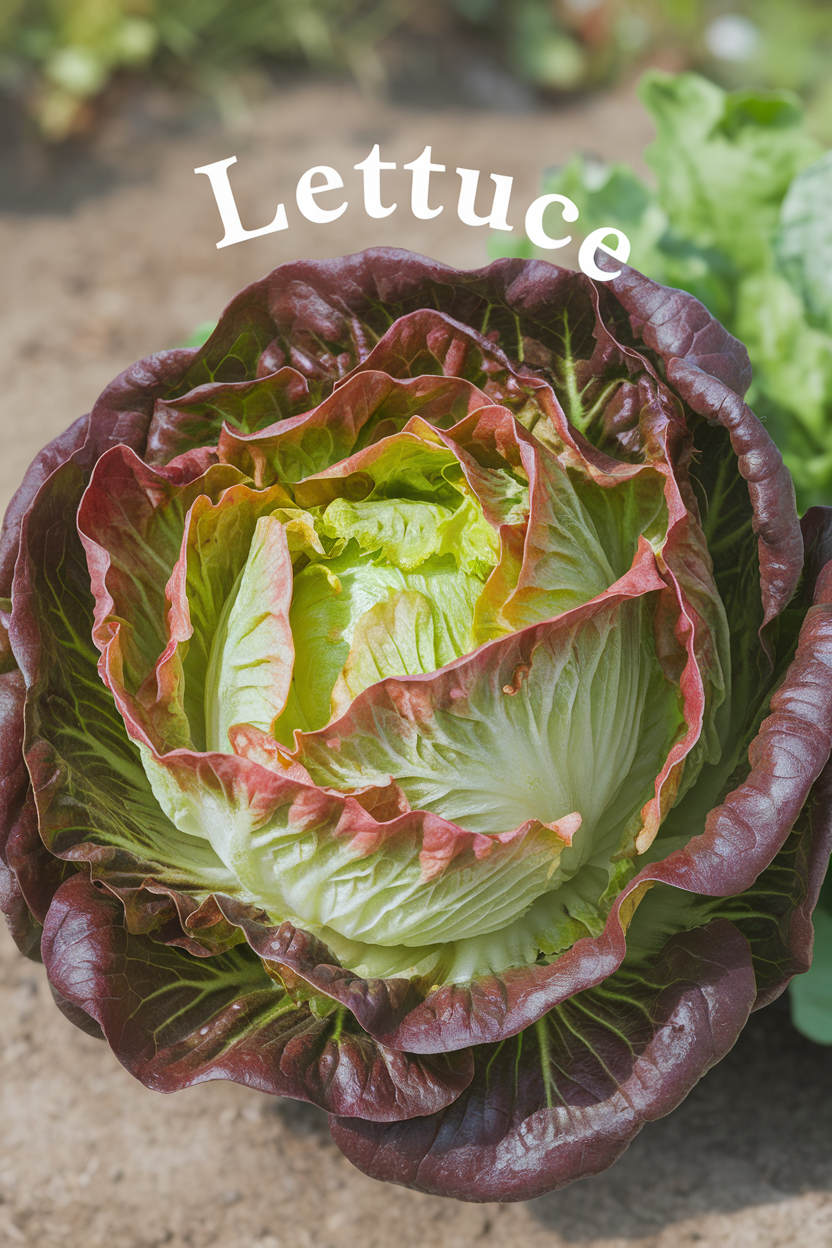
1. Lettuce
Why It’s Easy: Lettuce is the poster child for beginner-friendly gardening. It grows fast—some varieties are ready in as little as 30 days—and thrives in a range of conditions. Plus, it doesn’t demand perfect soil or constant attention.
Growth Time: 30-60 days, depending on the variety.
How to Grow:
Planting: Sow seeds directly into the soil or start them in small pots. Space seeds about an inch apart in rows or scatter them in a patch. Cover lightly with ¼ inch of soil.
Light: Partial shade to full sun (6 hours daily). It tolerates cooler weather, making it ideal for spring or fall.
Water: Keep soil consistently moist but not soggy—about an inch of water per week.
Care: Thin seedlings to 4-6 inches apart as they grow to avoid crowding. Watch for slugs, which love lettuce as much as you will.
Harvest: Snip outer leaves for a “cut-and-come-again” approach, or pull the whole plant when it’s mature.
Varieties to Try: ‘Black-Seeded Simpson’ (loose-leaf, quick-growing) or ‘Buttercrunch’ (soft, buttery heads).Pro
Tip: Plant a few seeds every two weeks for a continuous supply all season long.
Lettuce’s forgiving nature and speedy growth make it a no-brainer for novices. Imagine tossing your first salad with leaves you grew yourself—it’s a small victory that tastes big.
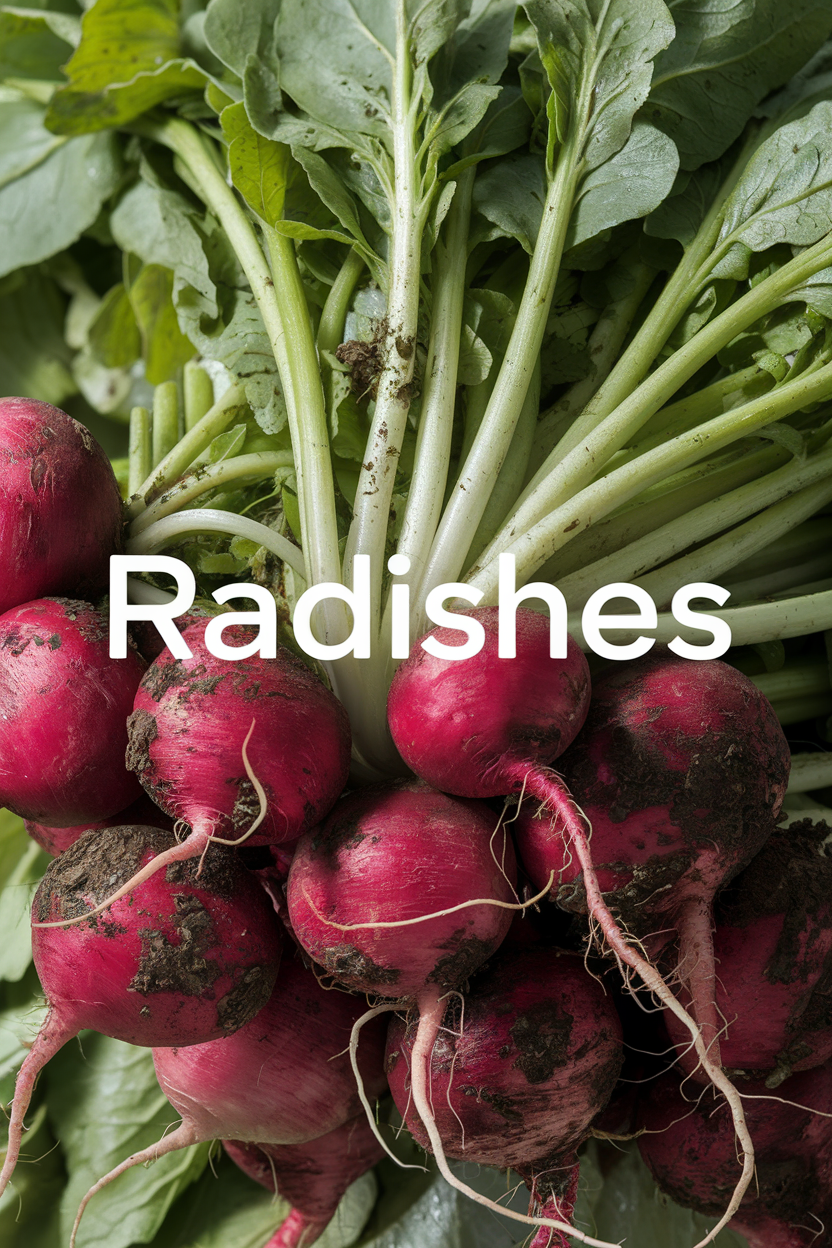
2. Radishes
Why It’s Easy: Radishes are the sprinters of the vegetable world, often ready to harvest in just 3-4 weeks. They’re low-maintenance and thrive in less-than-ideal soil.
Growth Time: 21-30 days.
How to Grow:
Planting: Sow seeds ½ inch deep and 1 inch apart in rows. They don’t need much space—perfect for containers or small plots.
Light: Full sun (6-8 hours) is best, though they handle partial shade.
Water: Keep soil moist; dry conditions make radishes woody and spicy.
Care: Thin seedlings to 2 inches apart if they’re crowded. No fertilizer needed—they grow fine in average soil.
Harvest: Pull them up when roots are about an inch wide. Don’t wait too long, or they get pithy.
Varieties to Try: ‘Cherry Belle’ (classic red, round) or ‘French Breakfast’ (mild, elongated).Pro Tip: Use radish greens in salads or soups—they’re edible and nutritious.
Radishes are a confidence booster. Their rapid turnaround means you’ll see results before you have time to doubt yourself. Plus, that peppery crunch is a gardener’s badge of honor.
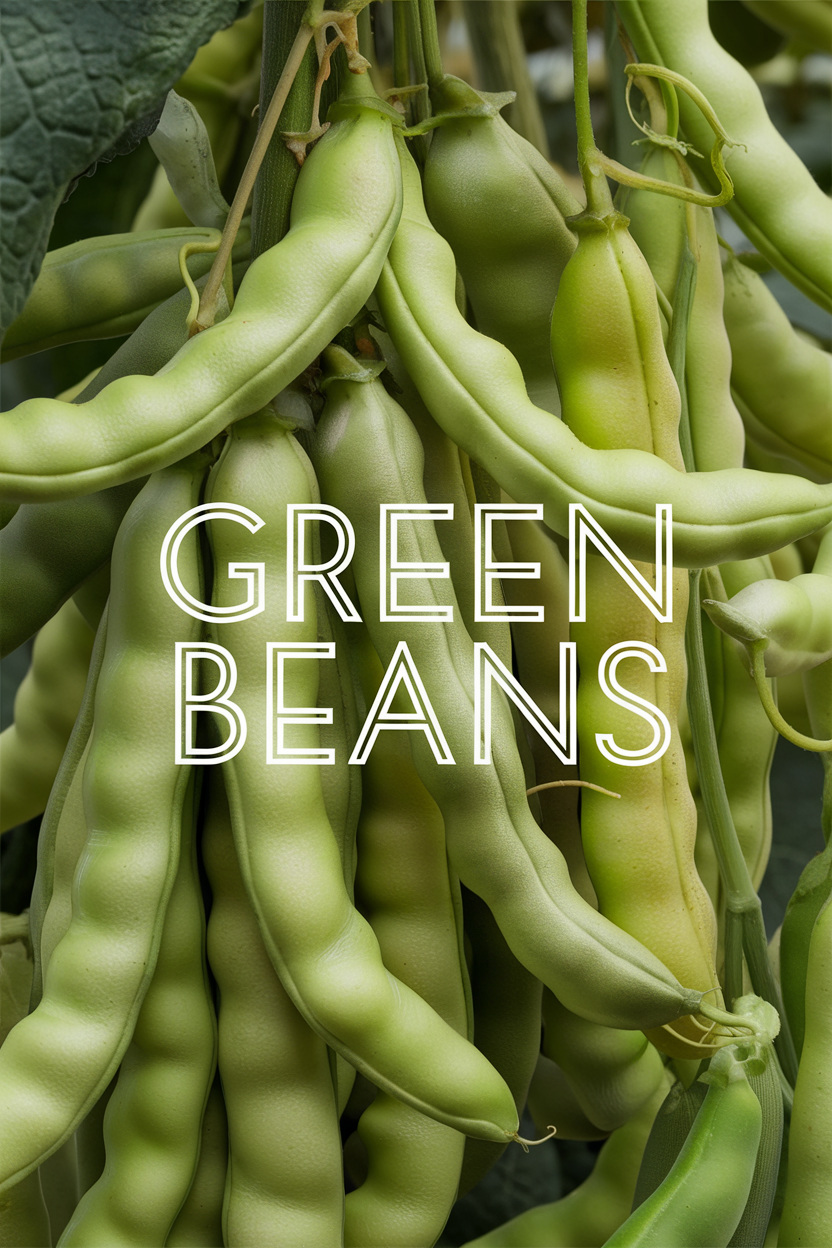
3. Green Beans
Why It’s Easy: Green beans (aka snap beans) grow vigorously, produce generously, and don’t require much beyond basic care. Bush varieties are especially low-effort—no trellis needed.
Growth Time: 50-60 days.
How to Grow:
Planting: Sow seeds 1 inch deep and 2-4 inches apart after the last frost. Bush beans stay compact; pole beans need a trellis or stakes.
Light: Full sun (6-8 hours).
Water: Water regularly, about 1-2 inches per week, especially when flowers appear.
Care: Weed around plants to reduce competition. Avoid overwatering—beans dislike soggy roots.
Harvest: Pick when pods are 4-6 inches long and firm, before seeds inside bulge. Regular picking encourages more production.
Varieties to Try: ‘Provider’ (bush, prolific) or ‘Blue Lake’ (pole, tender).Pro Tip: Plant a second batch mid-summer for a fall harvest.
Green beans reward you with handfuls of crisp pods for minimal work. They’re a staple that proves gardening can be both easy and productive.

4. Zucchini
Why It’s Easy: Zucchini plants are prolific producers, often overwhelming first-timers with their bounty. They’re tough, adaptable, and grow quickly once established.
Growth Time: 40-60 days.
How to Grow:
Planting: Sow seeds 1 inch deep in hills (small mounds) with 2-3 seeds per hill, spaced 3 feet apart. Start after frost.
Light: Full sun (6-8 hours).
Water: Keep soil moist, especially during flowering and fruiting—about 1-2 inches weekly.
Care: Mulch around plants to retain moisture and deter weeds. Watch for squash bugs or powdery mildew.
Harvest: Cut zucchinis when they’re 6-8 inches long for tender texture. Check daily—they grow fast!
Varieties to Try: ‘Black Beauty’ (dark green, reliable) or ‘Golden’ (yellow, sweet).Pro Tip: Use the edible flowers in salads or fritters for bonus points.
Zucchini’s abundance can turn a newbie into a gardening evangelist. One plant can keep you in stir-fries and breads all summer.
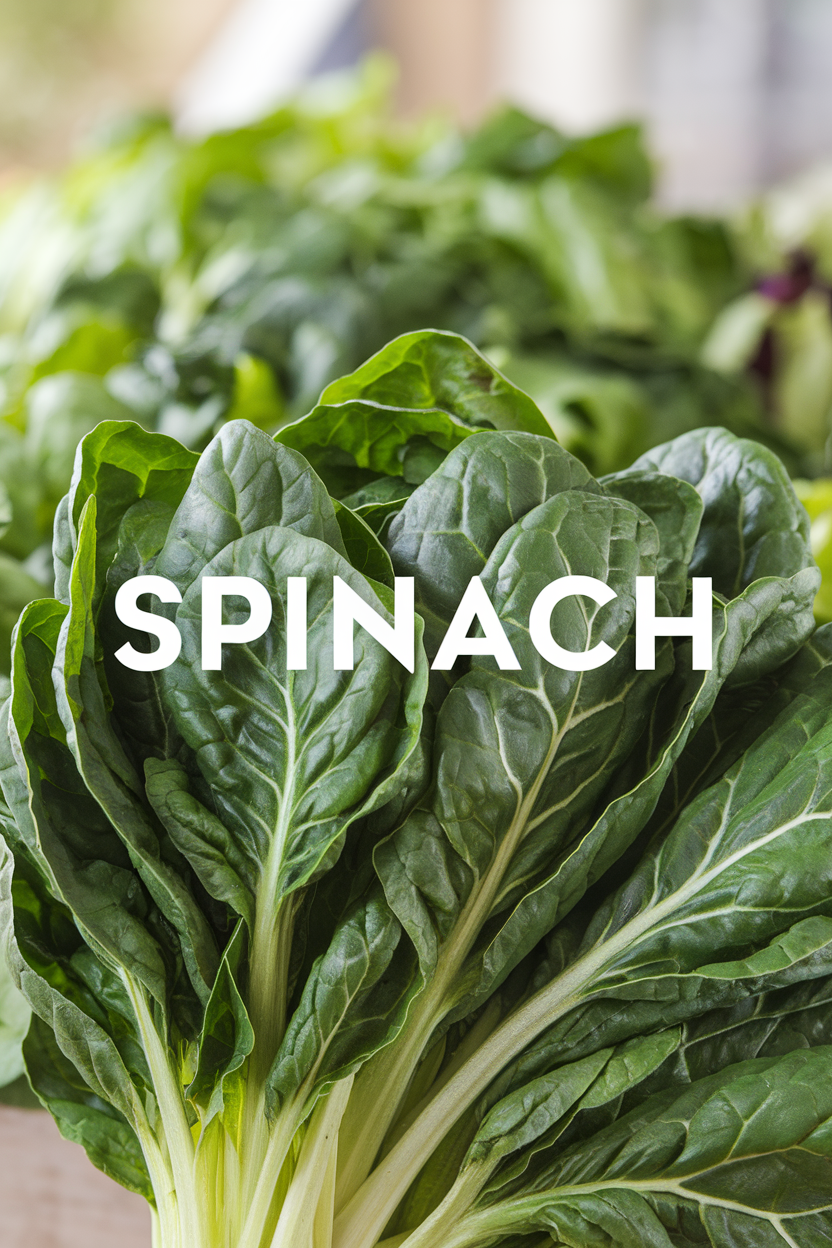
5. Spinach
Why It’s Easy: Spinach loves cool weather and grows steadily with little effort. It’s nutrient-packed and versatile in the kitchen.
Growth Time: 40-50 days.
How to Grow:
Planting: Sow seeds ½ inch deep and 1-2 inches apart in rows. Thin to 4-6 inches as they grow.
Light: Full sun to partial shade (4-6 hours).
Water: Keep soil moist but well-drained—about an inch per week.
Care: Avoid hot weather; spinach bolts (flowers and goes bitter) in heat. Mulch to keep roots cool.
Harvest: Snip outer leaves or cut the whole plant at the base when leaves are 4-6 inches long.
Varieties to Try: ‘Bloomsdale’ (crinkly, robust) or ‘Baby’s Leaf’ (fast, tender).Pro Tip: Plant in early spring or late summer for best results.
Spinach is a low-stakes way to grow your own greens. Its mild flavor and quick growth make it a beginner’s dream.
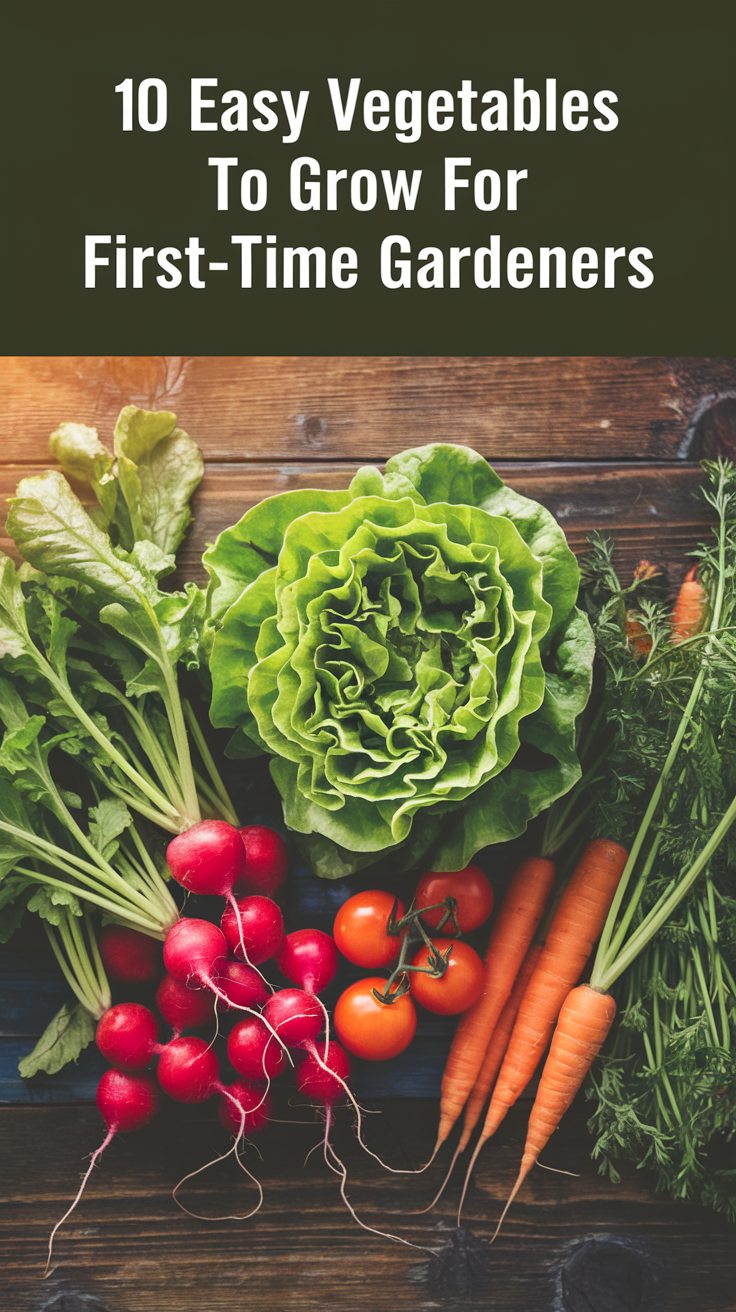
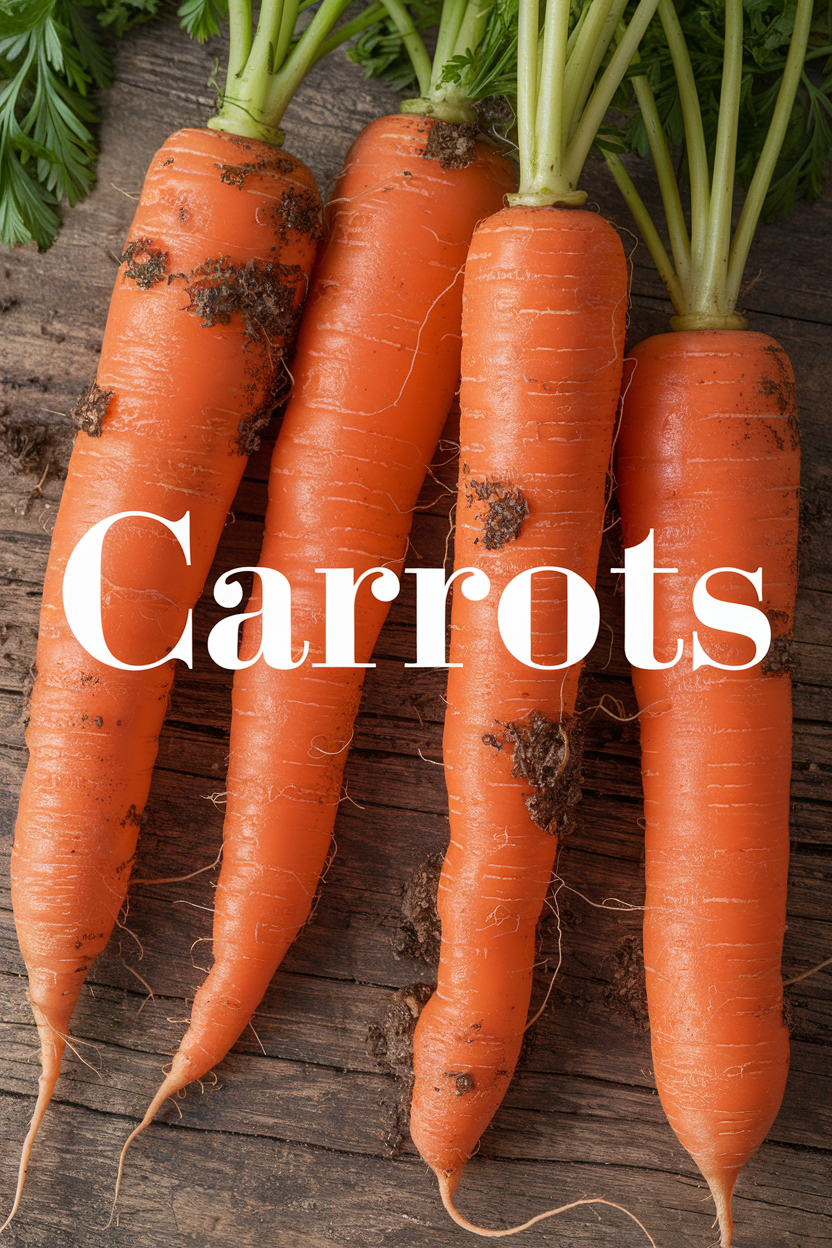
6. Carrots
Why It’s Easy: Carrots are straightforward if you give them loose soil. They’re slow to sprout but steady afterward, with minimal care required.Growth Time: 60-80 days.
How to Grow:
Planting: Sow seeds ¼ inch deep, 1-2 inches apart in rows. Thin to 3 inches apart later.
Light: Full sun (6-8 hours).
Water: Keep soil evenly moist—dryness stunts growth, overwatering rots roots.
Care: Loosen soil with sand or compost if it’s heavy. Weed gently to avoid disturbing roots.
Harvest: Pull when tops are ½-1 inch wide, or taste-test for sweetness.
Varieties to Try: ‘Nantes’ (sweet, cylindrical) or ‘Danvers’ (classic, hardy).Pro Tip: Sow radishes with carrots—they’ll mark rows and loosen soil as they grow faster.
Carrots teach patience, but their crunchy payoff is worth it. They’re a quiet win for any rookie gardener.

7. Peas
Why It’s Easy: Peas thrive in cool weather and grow quickly, especially dwarf or bush varieties that don’t need much support.Growth Time: 50-70 days.
How to Grow:
Planting: Sow seeds 1 inch deep and 2 inches apart in early spring. Use a trellis for vining types.
Light: Full sun to partial shade (6 hours).
Water: Keep soil moist, especially during pod development—1 inch weekly.
Care: Mulch to keep roots cool. Avoid fertilizing—peas fix their own nitrogen.
Harvest: Pick when pods are plump but not bulging for sweet peas, or when flat for snow peas.
Varieties to Try: ‘Sugar Snap’ (edible pods, sweet) or ‘Little Marvel’ (bush, early).Pro Tip: Eat them fresh off the vine—they’re sweetest right after picking.
Peas are a delightful intro to growing your own snacks. Their climbing habit adds charm to any garden.
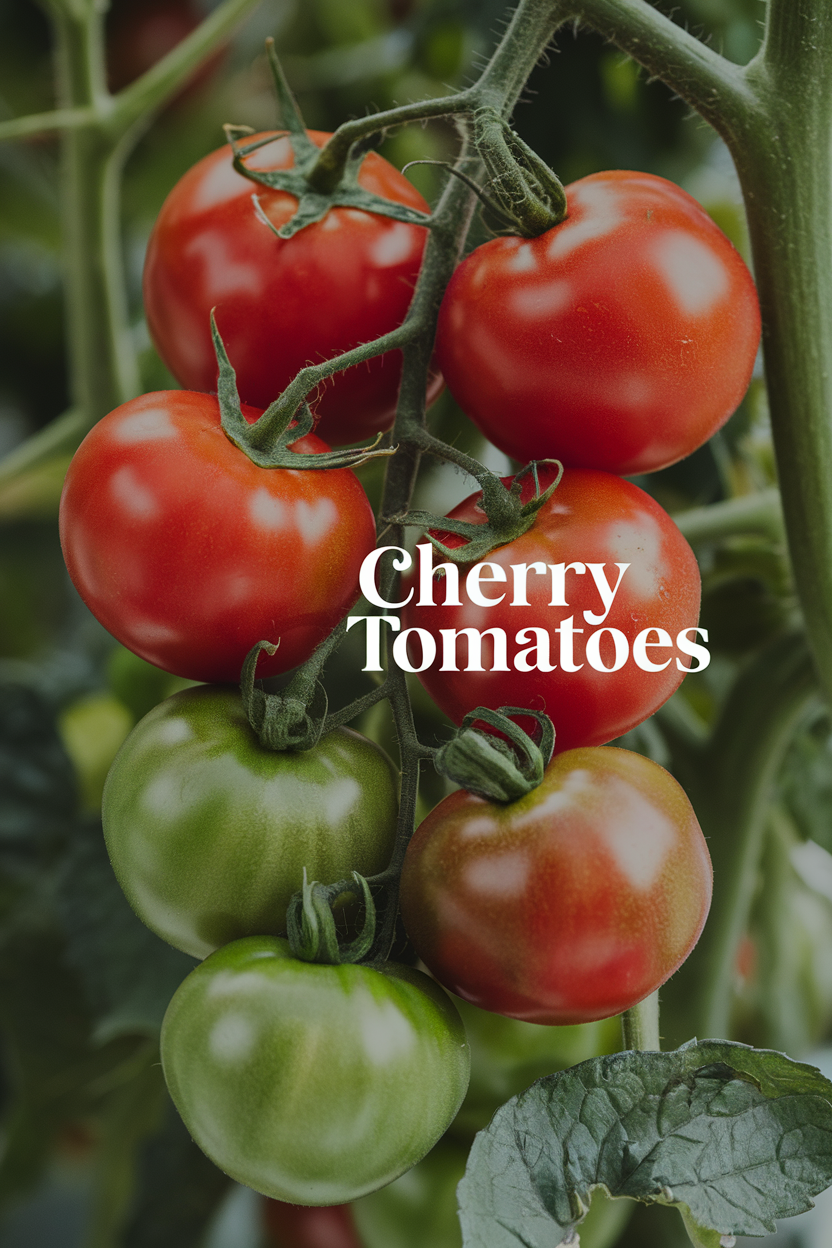
8. Cherry Tomatoes
Why It’s Easy: Cherry tomatoes are more forgiving than large varieties, producing heaps of fruit with basic care. Compact plants suit small spaces.
Growth Time: 60-80 days.
How to Grow:
Planting: Start seeds indoors 6 weeks before the last frost, or buy seedlings. Plant 2-3 feet apart.
Light: Full sun (8+ hours).
Water: Water deeply (1-2 inches weekly), keeping leaves dry to prevent disease.
Care: Stake or cage plants for support. Pinch off suckers (small shoots between branches) for better yield.
Harvest: Pick when fully colored and slightly soft—daily checks keep them coming.
Varieties to Try: ‘Sweet 100’ (tiny, abundant) or ‘Sungold’ (golden, candy-like).Pro Tip: Grow in pots if space is tight—they love containers.
Cherry tomatoes burst with flavor and enthusiasm. They’re a beginner’s ticket to bragging rights.
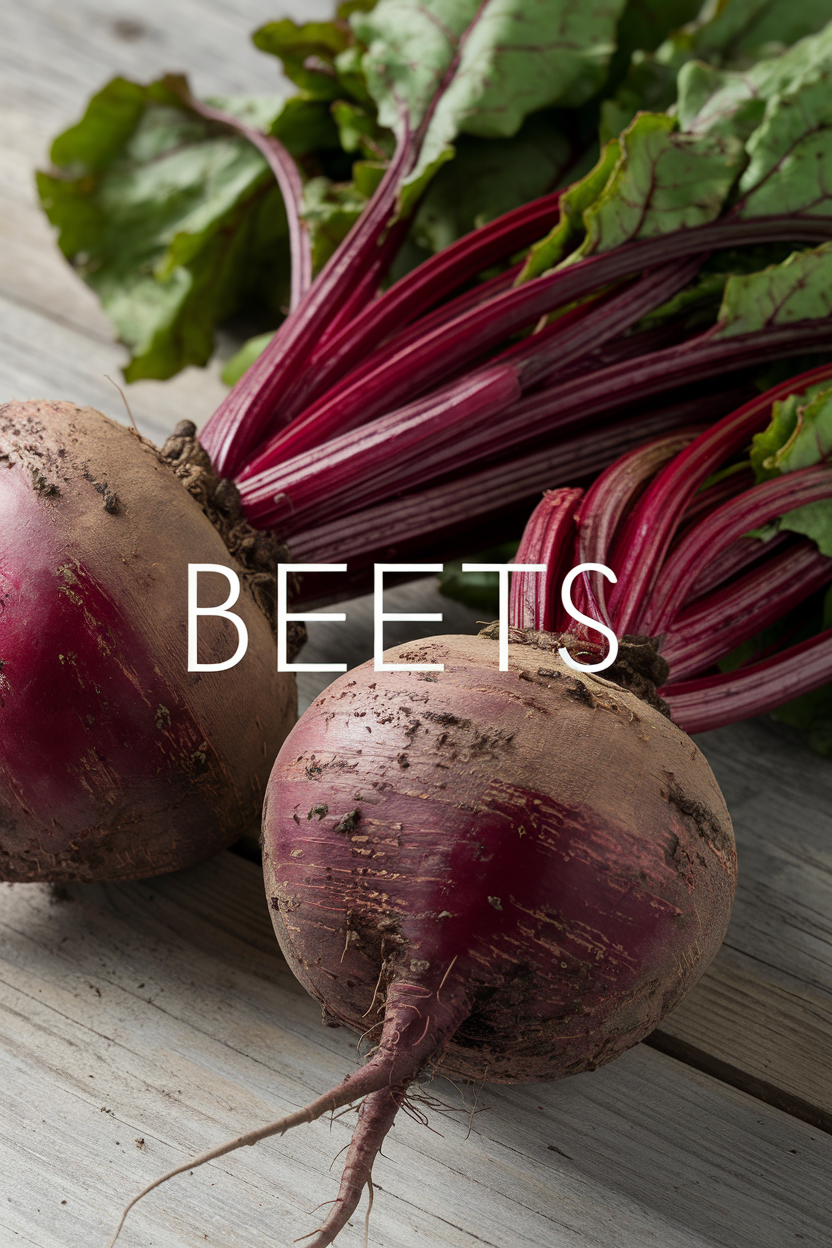
9. Beets
Why It’s Easy: Beets are hardy, dual-purpose (roots and greens), and grow well in average soil with little attention.
Growth Time: 50-70 days.
How to Grow:
Planting: Sow seeds ½ inch deep, 1-2 inches apart. Thin to 3-4 inches as they grow.
Light: Full sun to partial shade (6 hours).
Water: Keep soil moist but not waterlogged—1 inch weekly.
Care: Weed carefully; beets dislike competition. Avoid over-fertilizing.
Harvest: Pull when roots are 1-3 inches wide. Harvest greens anytime.
Varieties to Try: ‘Detroit Dark Red’ (classic, sweet) or ‘Golden’ (milder, yellow).Pro Tip: Roast roots and sauté greens for a full meal from one plant.
Beets offer a double harvest with minimal effort. Their earthy sweetness is a quiet triumph.
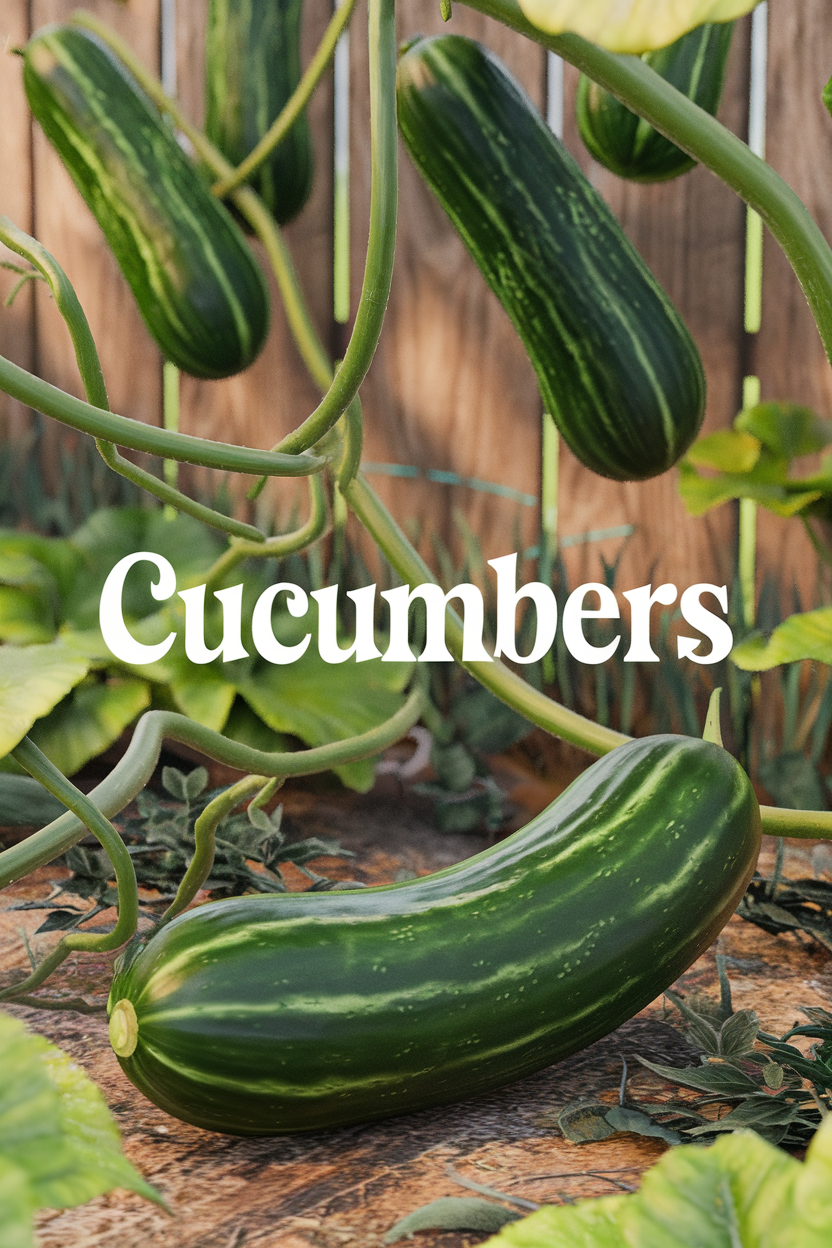
10. Cucumbers
Why It’s Easy: Cucumbers grow fast and produce generously, especially bush varieties that don’t sprawl. They’re heat-tolerant and simple to manage.
Growth Time: 50-70 days.
How to Grow:
Planting: Sow seeds 1 inch deep in hills, 3-4 feet apart, after frost. Or use a trellis for vining types.
Light: Full sun (6-8 hours).
Water: Water deeply (1-2 inches weekly), especially during fruiting.
Care: Mulch to retain moisture. Watch for cucumber beetles.
Harvest: Pick when 6-8 inches long for crispness—check often.
Varieties to Try: ‘Bush Pickle’ (compact, pickling) or ‘Marketmore’ (slicing, reliable).Pro Tip: Harvest regularly to keep plants producing.
Cucumbers bring cool, crunchy satisfaction. They’re a beginner’s gateway to summer abundance.
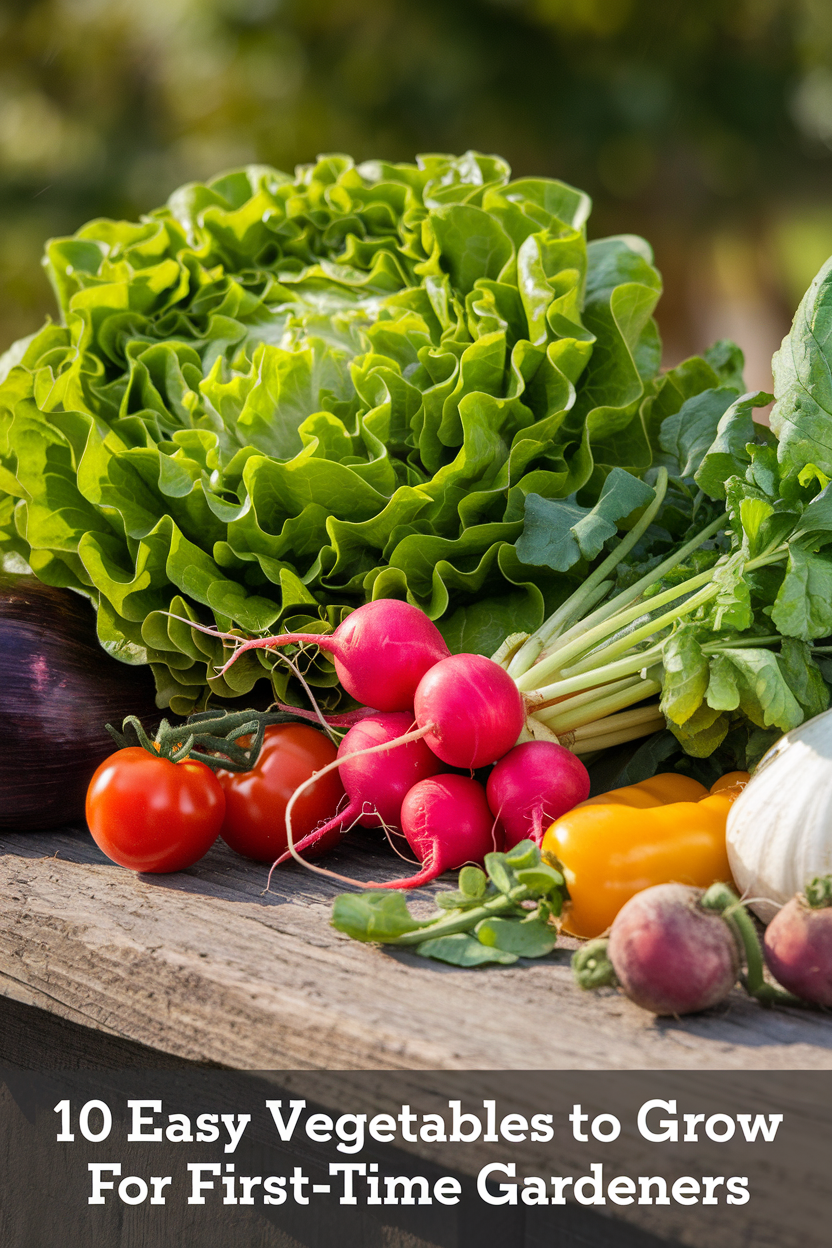
Conclusion
Starting a garden doesn’t have to be overwhelming. These 10 vegetables—lettuce, radishes, green beans, zucchini, spinach, carrots, peas, cherry tomatoes, beets, and cucumbers—are perfect for first-timers because they’re fast-growing, low-maintenance, and forgiving. Each one offers a quick win, whether it’s radishes in three weeks or zucchini’s nonstop bounty. You don’t need a green thumb—just a bit of soil, some sun, and a willingness to try. Start small, maybe with a pot of lettuce or a row of beans, and watch your confidence grow alongside your crops. Gardening is less about perfection and more about the joy of eating what you’ve nurtured. So grab some seeds, get your hands dirty, and enjoy the harvest—you’ve got this!
10 FAQs
What’s the easiest vegetable for a beginner to grow?
Radishes top the list. They’re ready in 3-4 weeks, need little care, and grow in almost any soil.
Can I grow these vegetables in pots?
Yes! Lettuce, radishes, green beans (bush), cherry tomatoes, and cucumbers (bush varieties) thrive in containers with good drainage.
How much sun do these veggies need?
Most need 6-8 hours of full sun, but lettuce, spinach, and peas tolerate partial shade (4-6 hours).
Do I need to fertilize these plants?
Not heavily. Average soil works fine for most. Avoid over-fertilizing peas—they fix their own nitrogen.
What’s the fastest-growing vegetable here?
Radishes win at 21-30 days. Lettuce follows closely at 30-60 days.
How often should I water my garden?
About 1-2 inches per week, depending on weather. Keep soil moist but not soggy—check with your finger.
Can I grow these indoors?
Lettuce, radishes, and spinach can grow indoors with bright light (grow lights help). Others need more sun and space.
What if I forget to thin seedlings?
Crowded plants compete for nutrients, leading to smaller harvests. Thin as recommended for best results.
Are these veggies pest-prone?
Some, like zucchini (squash bugs) and lettuce (slugs), attract pests, but basic monitoring keeps them in check.
When should I start planting?
Cool-season crops (lettuce, spinach, peas) go in early spring or fall; warm-season ones (beans, zucchini, tomatoes) after the last frost.
Looking to enhance your garden or bring nature indoors? These insightful gardening guides offer expert tips, creative ideas, and step-by-step instructions to help you cultivate a thriving green space! 🌿🌸
10 Best Air-Purifying Plants for Your Home – Discover the best plants that not only beautify your space but also improve air quality by removing toxins and boosting oxygen levels.
How to Create a DIY Hanging Herb Garden: A Step-by-Step Guide to Growing Fresh Herbs at Home – A practical guide to building your own herb garden, perfect for small spaces and indoor gardening enthusiasts.
Top 8 Tactics to Successfully Grow Jalapeños from Seeds: A Comprehensive Guide – Want to grow your own spicy peppers? This guide covers everything from seed selection to proper care and harvesting techniques.
10 Best Vegetables to Grow for Beginner Gardening: A Foolproof Guide to a Bountiful Harvest – If you're new to gardening, these easy-to-grow veggies will help you start a productive and successful garden.
Top 10 Hippie Garden Ideas for a Bohemian Outdoor Oasis – Embrace a free-spirited and artistic approach to gardening with these creative and nature-inspired ideas for a boho-chic outdoor space.
Top 10 Enchanting Cottage Garden Ideas for a Charming Outdoor Retreat – Create a dreamy cottage garden filled with whimsical flowers, winding pathways, and an old-world charm.
Top 10 Inspiring Ideas for Creating a Spiritual Garden Sanctuary – Transform your garden into a peaceful, meditative retreat with these meaningful and sacred design ideas.
🌱 Whether you're a seasoned gardener or just getting started, these articles will inspire you to cultivate a beautiful, lush space that brings joy and serenity to your life!
Here are some of the best gardening resources:
The Royal Horticultural Society (RHS) – One of the most respected gardening organizations in the world, offering expert advice on plants, garden care, and seasonal gardening tips.
Gardening Know How – A comprehensive site with practical gardening advice, plant care guides, and troubleshooting tips for beginners and experienced gardeners alike.
Better Homes & Gardens – Gardening – A fantastic resource for home gardeners, featuring seasonal gardening tips, landscaping ideas, and inspiration for outdoor spaces.
The Old Farmer’s Almanac – Gardening – A trusted source for gardening calendars, planting guides, and weather predictions to help gardeners maximize their yields.
Gardeners’ World – A UK-based gardening site filled with expert advice, how-to guides, and inspiration for garden lovers.
Fine Gardening – A great resource for gardeners looking for expert tips on plant selection, design, and seasonal gardening practices.
Dave’s Garden – A gardening community where users can find plant information, reviews, and advice from fellow gardeners.
Epic Gardening – A highly popular site with in-depth articles, podcasts, and videos on urban gardening, hydroponics, and sustainable plant care.
Gardener’s Supply Company Blog – A gardening blog with expert advice on everything from raised beds to composting and growing vegetables.
Plant Care Today – A helpful resource for caring for houseplants, outdoor plants, and garden maintenance.
These sites provide expert advice, practical gardening tips, and inspiration for creating beautiful, thriving gardens. 🌿🌸 Happy gardening!

















Comments